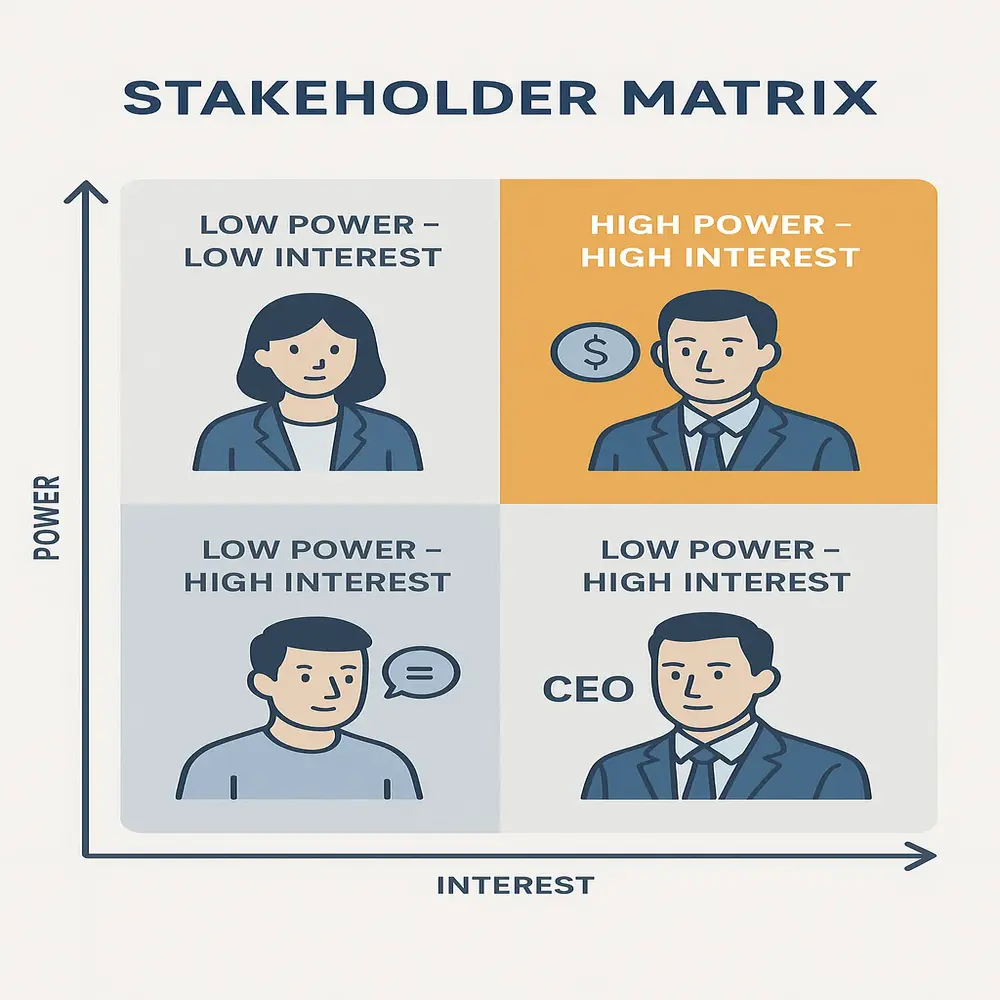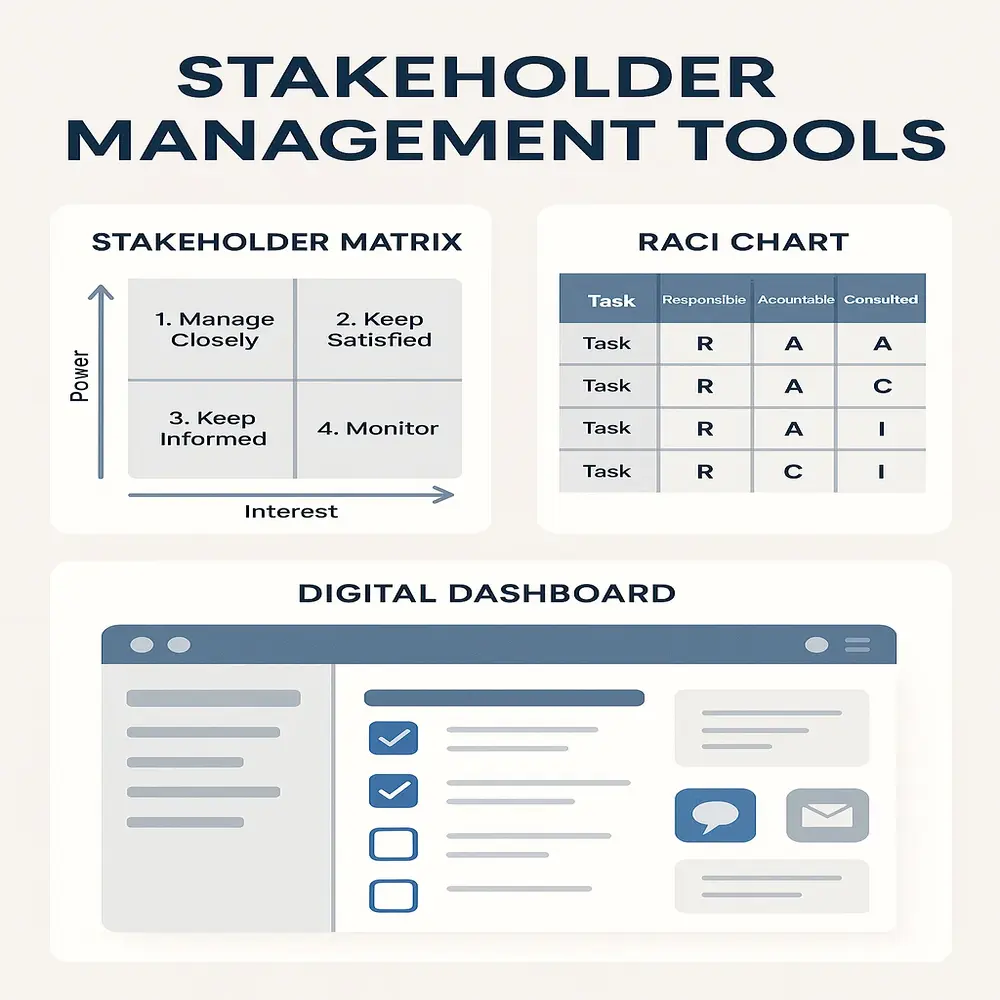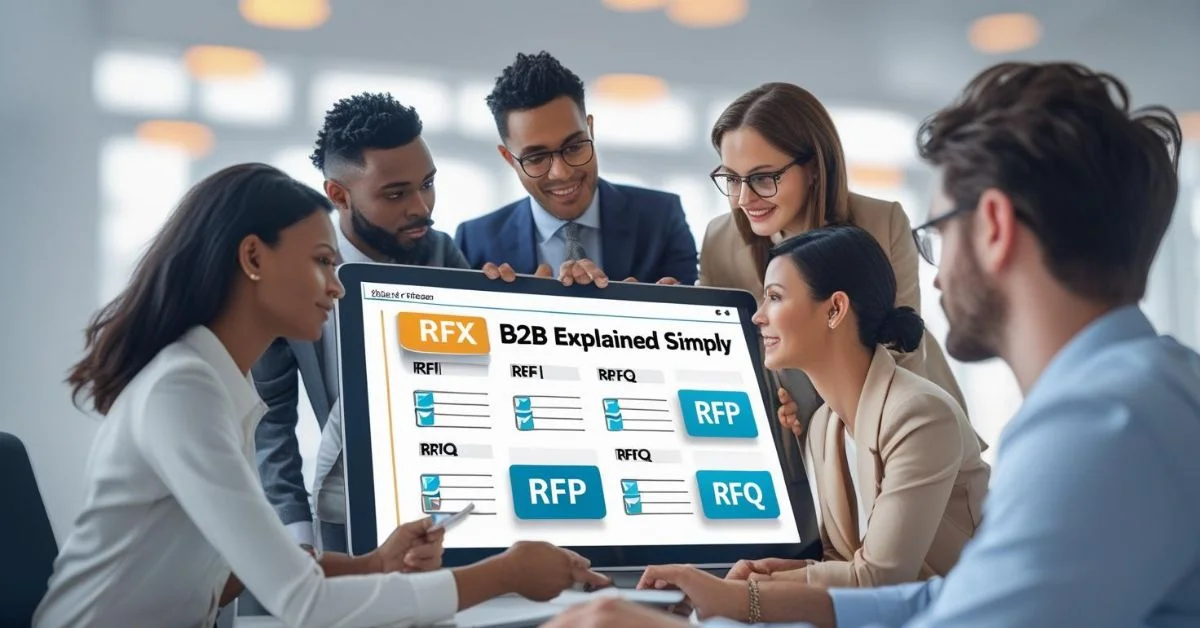In any business or project, people and groups are involved at different levels. Some show interest, some invest money, and others get directly affected by the results. Among them, a definite stakeholder holds a strong position. These are the people or organizations that have both high interest and high influence in what’s happening.
What Is a Definite Stakeholder?
A definite stakeholder is someone who has three main qualities:
- They show a strong and active interest in the project or business activities
- They have the power to influence decisions
- They expect immediate or direct outcomes from the results
Think of them as active participants rather than passive observers. They don’t just wait to see what happens; they shape what happens.
For example, in a company launching a new product, the CEO is a definite stakeholder. They care about the success, make key decisions, and will face consequences if things go wrong or celebrate success if things go right. Investors, board members, or a regulatory authority might also be considered definite stakeholders depending on their role in the decision-making process.
Types of Stakeholders
Before going deeper, it helps to understand the different types of stakeholders:
- Latent Stakeholders: Possess influence but demonstrate minimal interest or participation.
- Expectant Stakeholders: Show interest and expect action, but may lack power
- Definitive Stakeholders: Have power, legitimacy, and urgency
A comparison table helps visual learners and gives Google rich snippet potential.
| Stakeholder Type | Power | Interest | Urgency | Example |
| Latent Stakeholder | Yes | No | No | Shareholders with no activity |
| Expectant Stakeholder | No | Yes | Yes | Customers demanding features |
| Definite Stakeholder | Yes | Yes | Yes | CEO, major investors, regulators |
Out of all types, definitive stakeholders demand the most attention because their influence is immediate and strong.
Why Are Definite Stakeholders Important?
Definite stakeholders can make or break a strategy. They usually sit at the table when key business decisions are made. Their input affects:
- The direction of the project or company
- Budget allocation
- Risk handling
- Timeline setting
- Quality checks and final approval
When these stakeholders are ignored, projects often face delays, cost overruns, or even total failure. Listening to them not only improves success rates but also builds trust and strong long-term relationships.
How to Identify Definite Stakeholders?

Identifying a definite stakeholder is not always easy, but here are steps to do it:
- Look at influence: Do they have decision-making power?
- Check their interest: Are they closely watching or invested in the outcome?
- Review urgency: Do they expect quick results or response?
- Observe behavior: Are they active in meetings, emails, and reviews?
You can also create a stakeholder map or matrix. Place stakeholders on a grid based on their power and interest. Individuals positioned in the high-power, high-interest section of the matrix are considered definite stakeholders.
Role in Strategic Planning
Strategy isn’t just about setting goals. It’s about making choices that guide a company’s future. Definite stakeholders shape that future by:
- Providing funds or resources
- Setting vision and mission
- Approving project roadmaps
- Raising concerns early
- Demanding accountability
Whether it’s a startup trying to grow or a big company expanding into new markets, decisions made with input from definite stakeholders are often more grounded and effective.
Stakeholder Management Tips
Managing definite stakeholders well is a skill every leader must learn. Here are a few tips:
- Communicate regularly: Maintain regular communication to keep stakeholders updated on both progress and any emerging issues.
- Involve them early: Let them participate from the planning stage
- Show respect: Value their time and insights
- Ask for feedback: Encourage open discussions and be willing to adjust
- Be transparent: Share both good news and bad news
By doing this, you build a partnership rather than just a working relationship.
Common Mistakes to Avoid
Even though their role is critical, some businesses make mistakes when dealing with definite stakeholders. Here are a few to avoid:
- Ignoring their input: Leads to frustration and future conflict
- Over-promising: Makes them lose trust if you can’t deliver
- Hiding problems: Makes them feel misled or blindsided
- Being unprepared in meetings: Wastes their time and lowers your credibility
Always approach them with respect, honesty, and preparation.
Real-Life Examples
Let’s take a few simple examples to bring clarity:
- In a hospital, the board of directors and government health bodies are definite stakeholders. They decide on budget, policy, and expansion plans.
- In a construction project, the client and local authorities are definite stakeholders. Their approvals and demands directly shape the outcome.
- In tech startups, venture capitalists and product managers act as definite stakeholders. Their vision and funding drive product direction.
How do They Evolve?
An individual or organization can emerge as a definite stakeholder during specific stages of a project’s life cycle. For example:
- At the beginning, founders or planners hold most power
- In the middle, clients or contractors may become key
- By the end, users or regulators could become the most influential
Stakeholder roles are not always fixed. Organizations should continuously revisit and update their stakeholder analysis to reflect evolving roles and influence.
Practical Tools to Manage Definite Stakeholders

Use simple tools to stay organized and communicate better:
- Stakeholder Matrix: Helps you prioritize who to engage, how often, and with what level of detail
- RACI Chart: Defines roles: who’s Responsible, Accountable, Consulted, and Informed
- Meeting trackers or dashboards: Keep records of discussions and decisions with each stakeholder
These tools help avoid miscommunication and keep everyone aligned.
Key Benefits of Engaging Definite Stakeholders
Working closely with your definite stakeholders has several benefits:
- Speeds up approval processes
- Helps prevent project delays or mistakes
- Improves trust and cooperation
- Ensures better budgeting and risk planning
- Builds stronger business relationships
In short, keeping definite stakeholders involved makes your strategy smoother and smarter.
Conclusion
Definite stakeholders have the power, urgency, and interest to impact decisions. Engaging them boosts success; ignoring them risks failure. Know who they are, involve them early, and you’ll build stronger outcomes and lasting trust.



